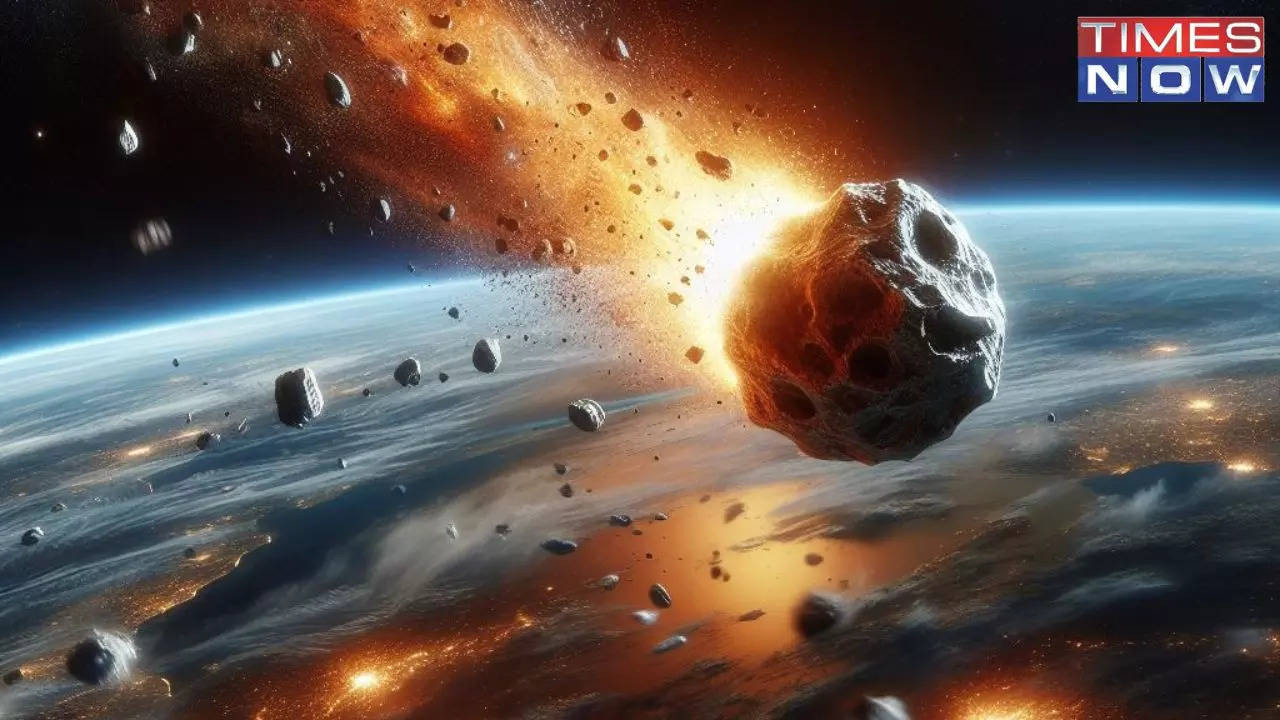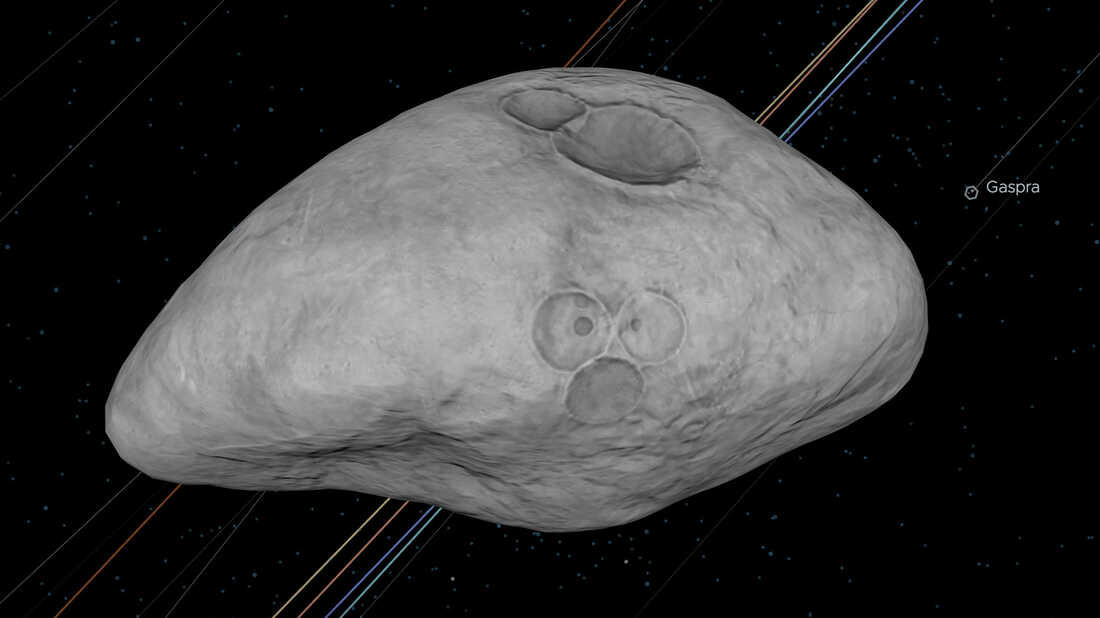Asteroid 2024 YR4: A Looming Threat?
Discovered in December 2024 by NASA's Asteroid Terrestrial-impact Last Alert System (ATLAS), 2024 YR4 has quickly become a focal point for global space agencies. Initially estimated to have a 1% chance of impacting Earth, recent calculations have revised this probability to 2.3%, raising concerns worldwide. The asteroid, roughly 180 feet (55 meters) across, presents a significant, albeit still relatively low, risk of collision in December 2032.
Understanding the Risk
While the impact probability remains low, the potential consequences are not negligible. If 2024 YR4 were to collide with Earth, the energy released could be equivalent to 15 megatons of TNT, a force 100 times more powerful than the atomic bomb dropped on Hiroshima. While unlikely to cause a global catastrophe, such an impact could cause significant localized damage, potentially leveling a sizeable area and leading to significant human and environmental consequences.
Size Matters: The Role of JWST
The exact size of 2024 YR4 remains uncertain, with estimates ranging from 40 meters to 90 meters across. This ambiguity significantly impacts risk assessment, as a 90-meter asteroid presents a far greater threat than a 40-meter one. The James Webb Space Telescope (JWST) plays a crucial role in resolving this uncertainty.
JWST's infrared instruments offer a unique advantage. Unlike ground-based telescopes, JWST's space-based location transcends atmospheric interference. It can measure the heat emitted by the asteroid, which enables a more accurate size determination, regardless of the asteroid's reflectivity. The European Space Agency (ESA) emphasized the significance of accurate size estimation, highlighting the varying risks presented by 40-meter versus 90-meter asteroids. This makes JWST’s high-resolution infrared data invaluable for precise estimations.
JWST's Observation Plan
Recognizing the urgency, an international team of astronomers has secured emergency observation time with JWST. The first observation window is scheduled for March 2025 when 2024 YR4 will be at its brightest. This will provide ideal viewing conditions for JWST's infrared sensors. A follow-up observation in May 2025 is planned as the asteroid moves away from the sun; it will offer one last chance to collect data before 2028 when the asteroid returns to view.
Data Analysis and Mitigation Strategies
The data collected by JWST will be crucial in refining models that predict 2024 YR4's trajectory and the potential impact zone. This information will be instrumental in developing and implementing response strategies by ESA, NASA, and other international space agencies. Mitigation strategies, ranging from kinetic impactors to the more drastic use of nuclear explosions to alter the asteroid's course, are under consideration. The information gathered will be essential to determining the most feasible and effective approach.
Refining Predictions: The Ongoing Effort
The asteroid’s chance of hitting Earth has fluctuated. In late January, the probability stood at 1.3%, rising to 1.7% in early February, and then settling at 2.3% by mid-February. These changes highlight the inherent uncertainties in asteroid trajectory predictions. As more observational data is collected and analyzed, the impact probability is expected to either decrease to zero or increase depending on whether the trajectory changes or stays the same. NASA is clear that this is not a cause for widespread panic, and that the current chances still remain low.
Global Cooperation: Planetary Defense in Action
The collaborative effort involving NASA, ESA, and other international space agencies underscores the growing importance of planetary defense. The international collaboration, evident in the coordinated use of JWST and the joint tracking of Near-Earth Objects (NEOs) demonstrates a proactive approach to potential future threats posed by near-Earth asteroids. This is a significant step towards global readiness for a potential asteroid impact event in the future. With the growing number of near-Earth asteroids being discovered, this kind of cooperative and global effort becomes increasingly important.
A Look Ahead: Preparedness and Prevention
While the immediate concern is 2024 YR4, the episode highlights the importance of continued monitoring and development of effective planetary defense strategies. The uncertainty surrounding 2024 YR4's trajectory serves as a stark reminder of the potential dangers posed by near-Earth objects. Investing in advanced detection systems and developing robust deflection technologies are crucial in protecting our planet from future asteroid threats. This is especially critical given the potential for catastrophic consequences should a larger or more dangerous asteroid impact occur.
The Final Frontier: Protecting Our Future
The international efforts and technological advancements in addressing this threat, while reassuring, emphasize the ongoing need for vigilance and proactive measures to safeguard the planet. The challenge extends beyond just detecting and deflecting asteroids; it also requires continued investment in scientific research, international cooperation, and public awareness of the risks and rewards of space exploration. The discovery of 2024 YR4, while potentially alarming, is ultimately a reminder of our planet's vulnerability and the need for constant vigilance in protecting the future of humanity.

















